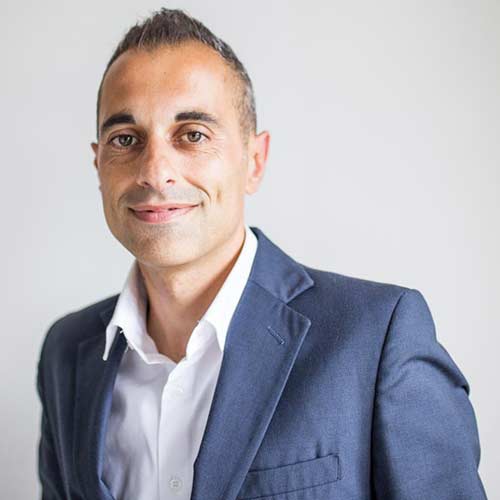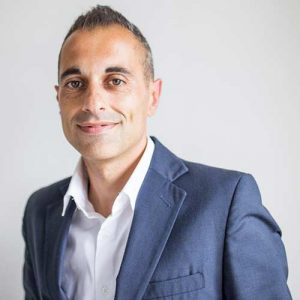
Research and development: interview to Lorenzo Agosti

Lorenzo Agosti
PLANT & TECHNICAL DIRECTOR
We met Lorenzo Agosti, Plant & Technical Director of SOGO SPA, who showed us all the activities of the laboratory, the importance of co-design, innovation and preview he has unveiled the latest projects that the company is ca rrying on.
The Research & Development laboratory cannot be simply understood as the “kitchen or a confectioner’s laboratory”. There are fundamental activities that precede the laboratory itself and are essential for the success of a project. For example, I refer to the sharing of the project with the client and the transfer of their requests within the company. These preliminary steps are essential to proceed with the design and development of a product..
How important is innovation today within a business context such as the one where you operate?
Innovation is at the base of the essential characteristics that a company must possess in order to remain competitive on the market. Our goal is to grow in the development of new products and technological innovation, trying to increase our know-how to get to make products that today our competitors do not have.
As far as co-design is concerned, we can describe the developments of this activity, apparently of considerable importance for SOGO …
We moved from a mere copy activity, where we were going to make a product that was a child of what was a design or a mathematical model of the customer, to a co-design activity together with the customer. Today, we are able to define all the characteristics that a product – for example an anti-vibration or a gasket – must possess so that it can perform its technical function, throughout its life cycle on a car or a railway armament. These activities pass first through design, then, through the definition of the shape we want to give to an object through the choice of raw materials necessary to have a compound that has all the essential properties for that product, up to the virtual analyses that simulate what actually happens into the car. At the end of these activities, we present the project to the client, who obviously can decide whether to go ahead or not. Subsequently, the activity is deliberated through a prototype phase; therefore, prototype equipment is produced to have a minimum of industrialization at the laboratory level rather than at the small series level: it therefore occurs if there is an alignment of the prototype with respect to what was detected during the design. If everything goes well and if everything is confirmed, the customer will decide the prototype phase and will start SOGO series production.
In all this, how important are the company policies aimed at sustainability and respect for the environment?
They are very important, in fact, one of our fundamental objectives is to protect the safety of our workers. For this reason, for about ten years, we have eliminated among our raw materials, every type of potentially dangerous substance and all those substances that could have irreversible effects on our workers. In legislative terms, thanks to the various reference regulations, this issue is of fundamental importance. In fact, we are obliged to comply with a ministerial decree, according to which all our products must be declared on an international database, which allows to calculate what is the recyclability rate. This means that our components have reference thresholds and must remain obligatory within them. For this reason, during R & D, we are very careful in selecting materials and products that have these characteristics.
At present, what is the most important project you are working on?
We are currently working on two very important projects involving two of our reference sectors, such as rail and automotive. As for the railway and tram sector, we have carried forward a very important project that is finally seeing the light: we have revolutionized our entire production cycle, moving from a rather obsolete technology to a new technology, which up until a few months ago was for us unthinkable.
As far as the automotive sector is concerned, we are working on a project that aims to eliminate all the products that use polyurethane materials, currently on the market and patented by multinational companies; instead we are trying to achieve the same performance through the use of rubber. We have already submitted the project to the technical management of FCA and just a few weeks ago we had the clearance to start the first activities.
With reference to your role, how important is the ability to coordinate the various phases of work and the resources used in it?
I must say that it is strategic, since the Research & Development laboratory cannot be simply understood as the “kitchen or the laboratory of a pastry chef”. In fact, there are fundamental activities that precede the laboratory itself and are essential for the success of a project. For example, I refer to the sharing of the project with the client and the transfer of their requests within the company.
These preliminary steps are essential to proceed with the design and development of a product. It is precisely in the laboratory that we try to put together all these coordination activities, ranging from the prototype stage to the mass production. All coordination concerns my role; this is why, beyond the technical aspect, I think that dialogue and comparison are very important, indispensable elements for perfectly coordinating the technical department with production and sales.